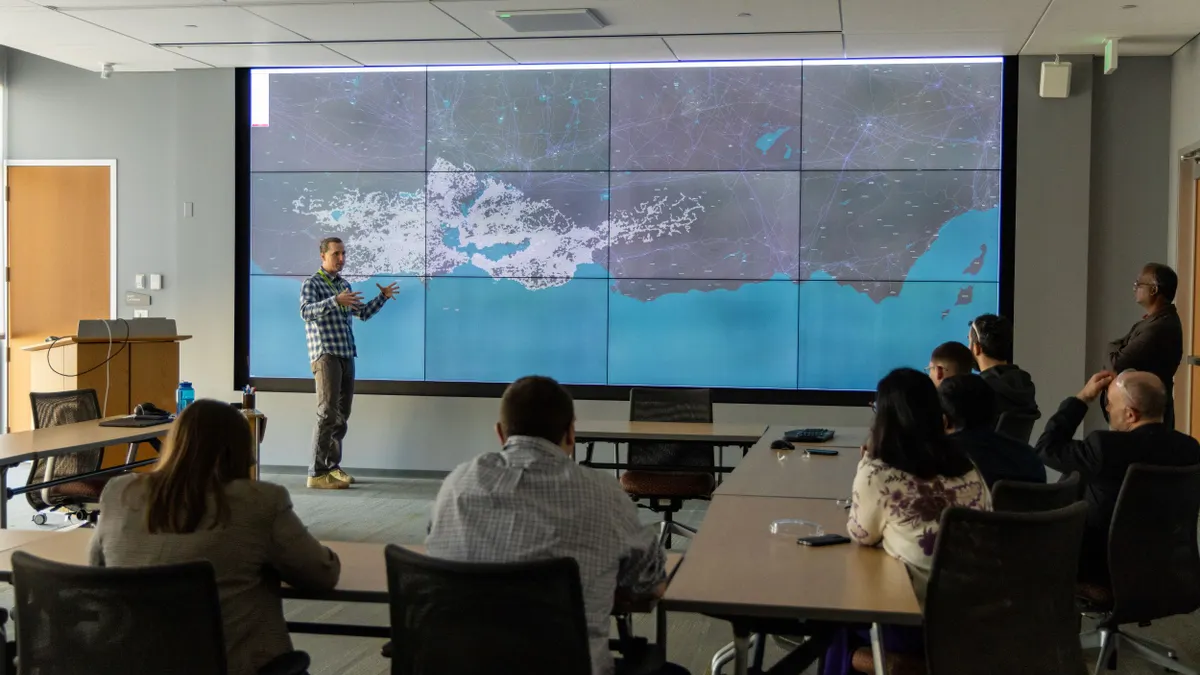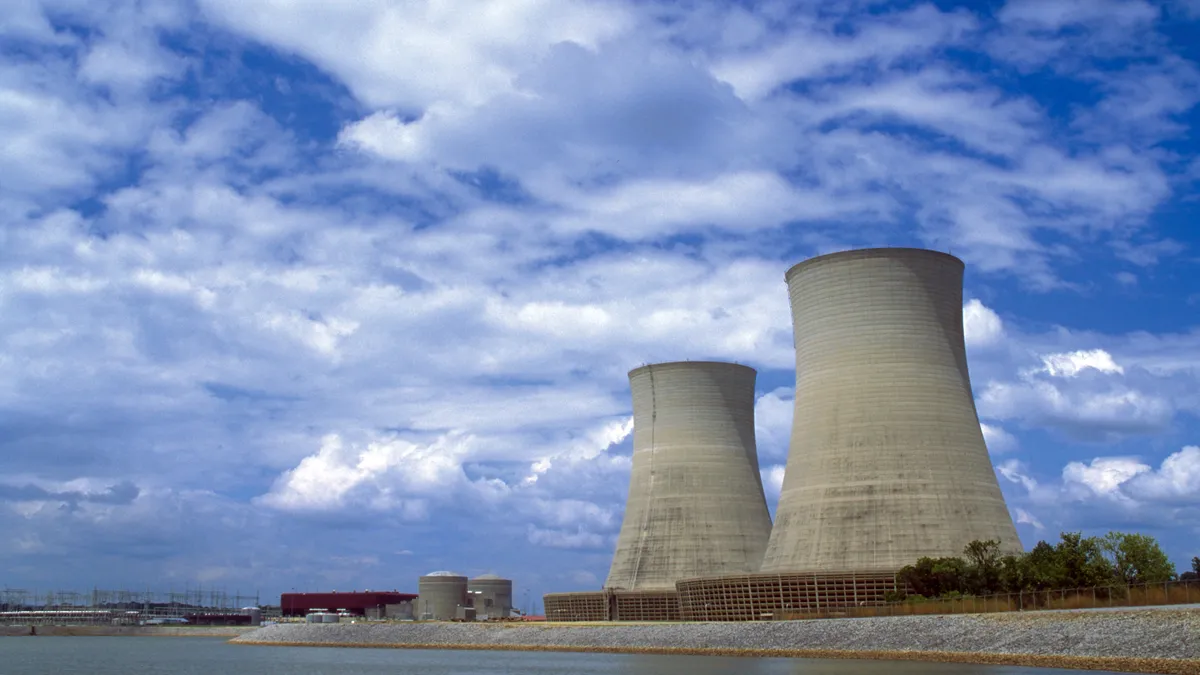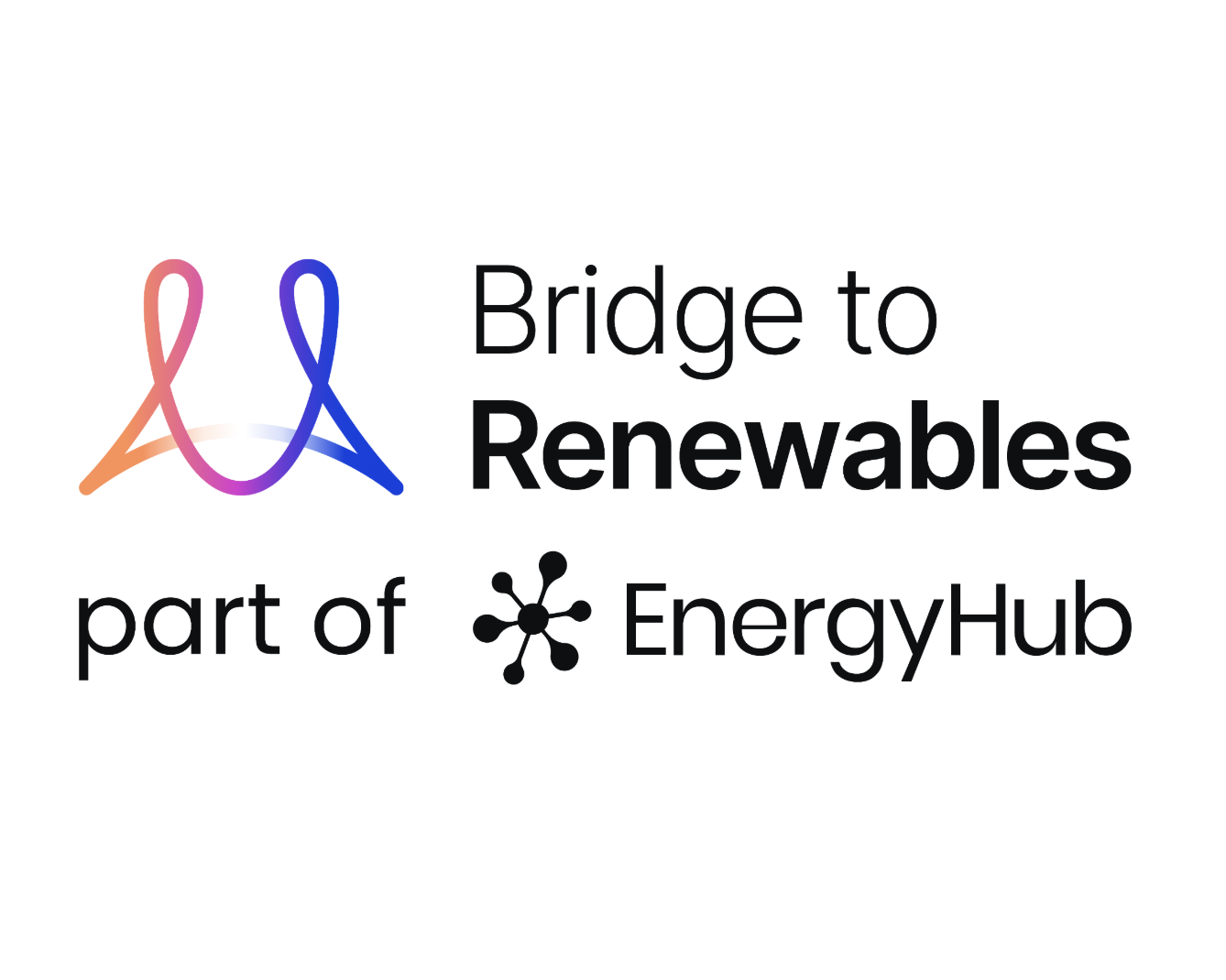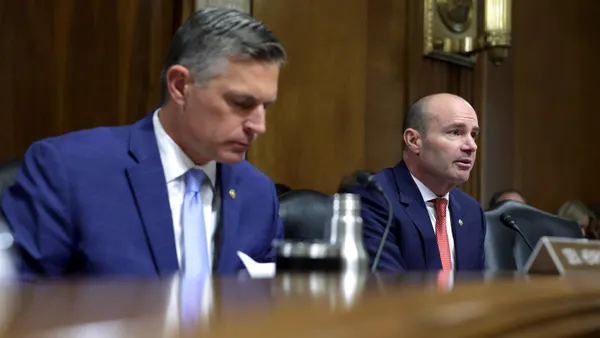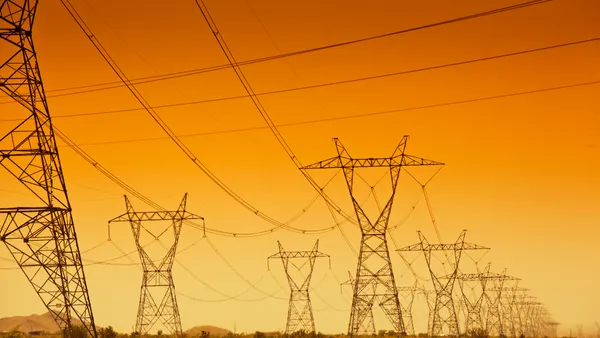Dive Brief:
- The widely reported analysis by the Federal Energy Regulatory Commission (FERC) into grid vulnerability is incorrect and industry security is improving, said Southern Company CEO and chairman of the Electricity Sub-Sector Coordinating Council (ESCC) Tom Fanning.
- The ESCC was formed last year to further industry's collaboration with government on grid security after the armed attack on a PG&E substation highlighted the need for a coordinated security response from the utility industry. The group meets three times per year with members of energy agencies and the intelligence community.
- "What you do here with high magnitude but low likelihood events -- this would be like a nuclear accident -- what you do here is employ strategies; you work like hell to avoid them," Fanning said. "The cost of blowing this is awful. So you have to get it right."
Dive Insight:
"As opposed to just talking to each other, [the ESCC and the government] actually do things that improve the security posture of the industry and therefore improve the security posture of the nation," said Fanning.
The ESCC's key priority, he said, is risk management. "When you ask, 'Can [an attack] on a small municipal [utility] cause a widespread blackout?' No. What you do there is manage it."
Fannings panned widespread reports that significant portions of the U.S. grids could go down if nine key substations were taken out. "They don't know what they're talking about," Fanning said of the report. Generation, transmission, and distribution is changing constantly, he added, meaning there is never one group of substations that is continuously critical to grid security for long periods of time.



